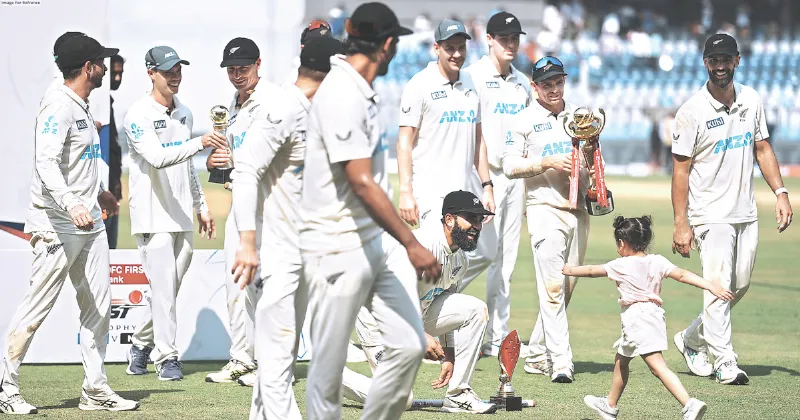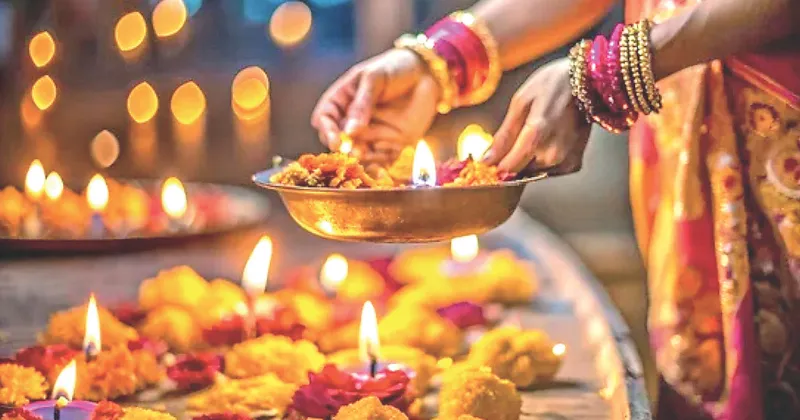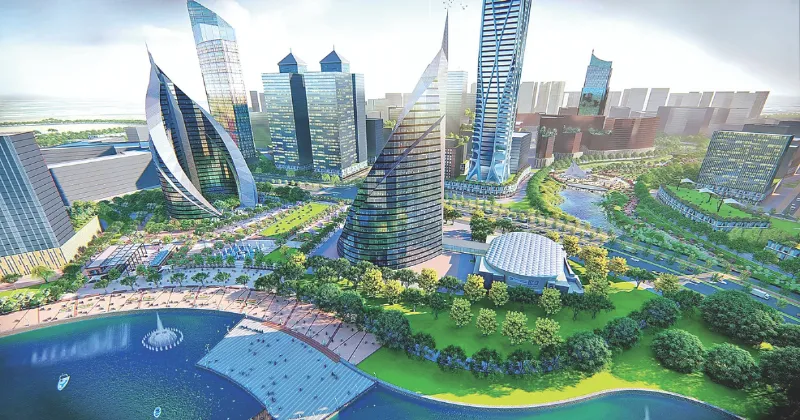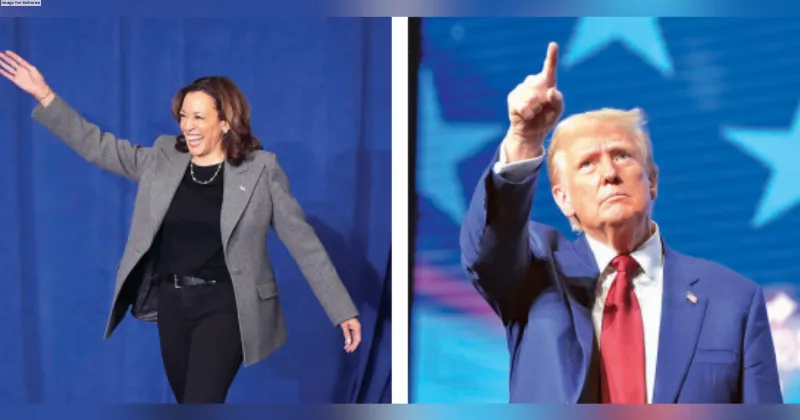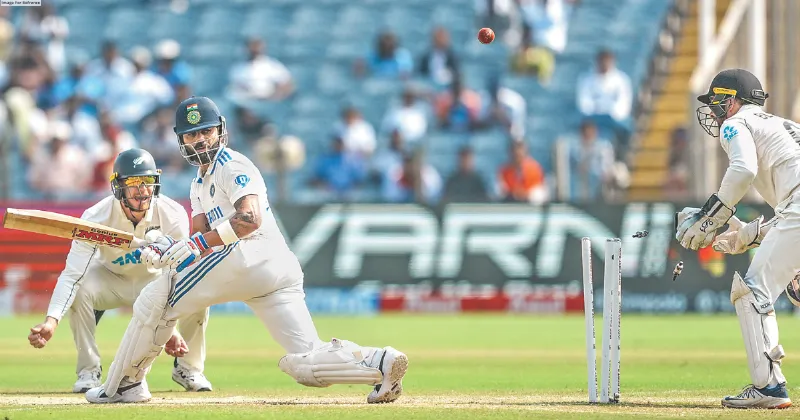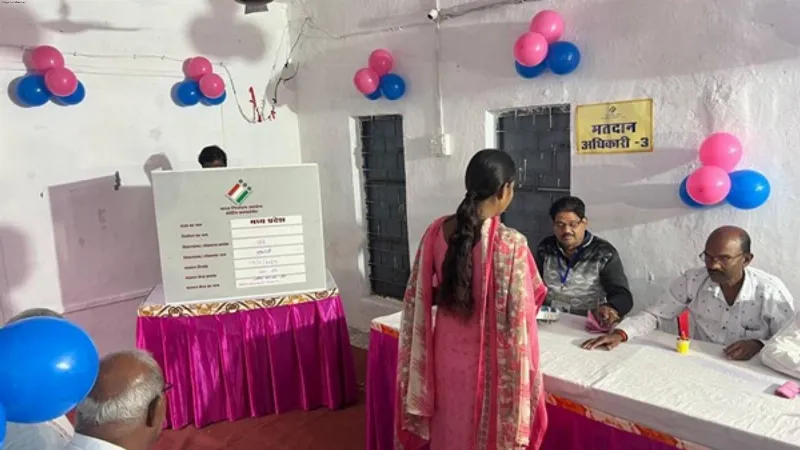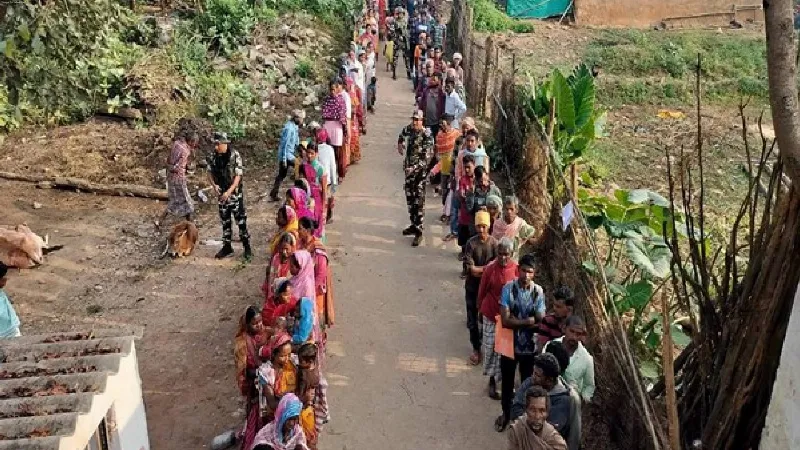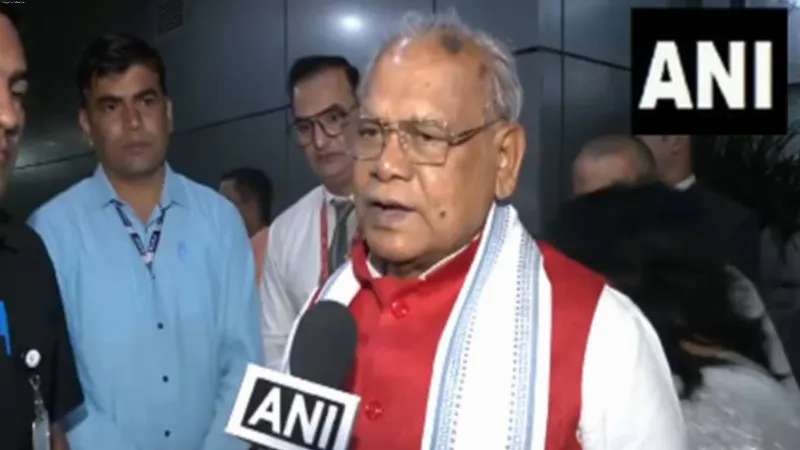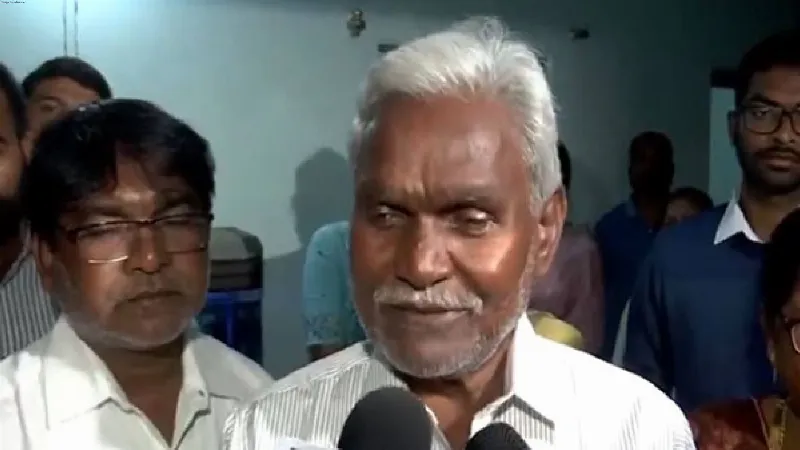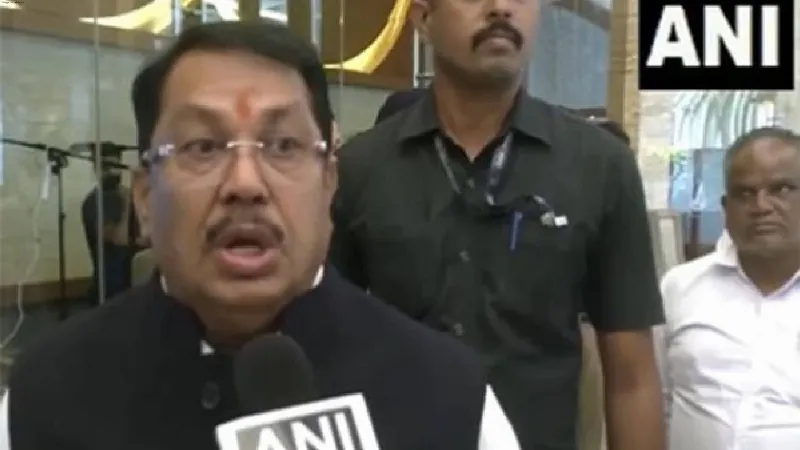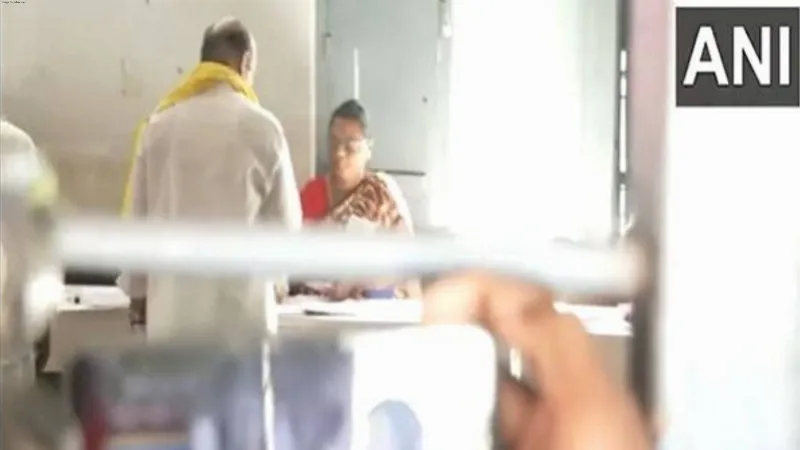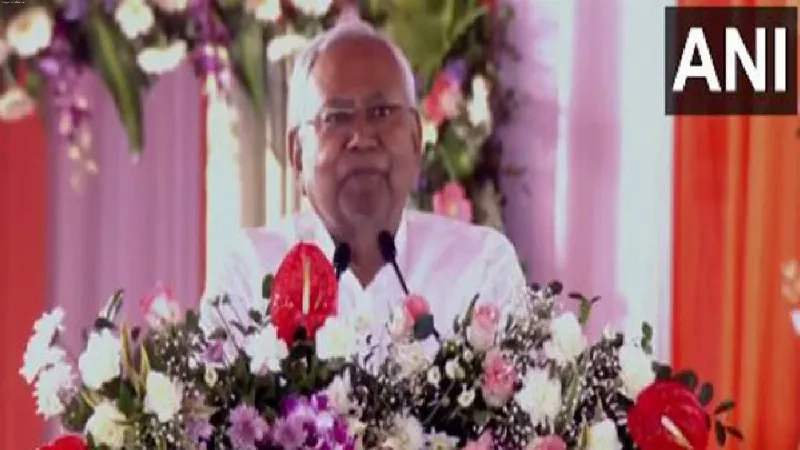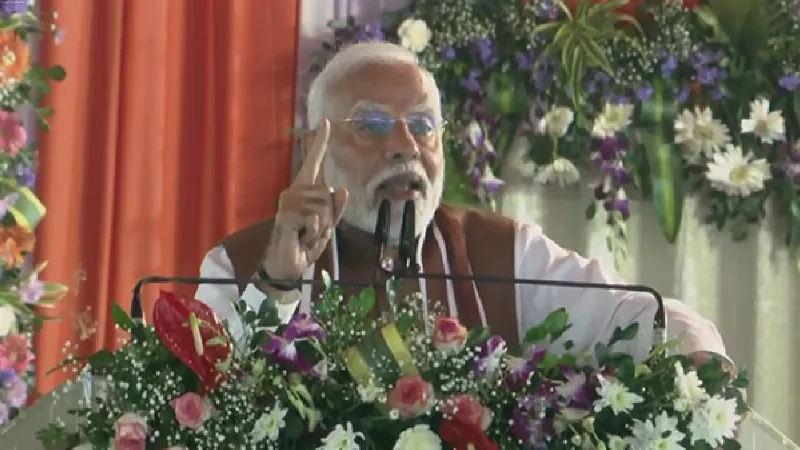Latest News
COLOURFUL MOSAIC OF INDIAN INDEPENDENCE

In this magnificent world full of economic disasters, uncertainties and rampant failures of political systems, India has generally been seen by political pundits as a great chaos which has survived all upheavals but sustained its function as a democracy in seven and a half decades that have gone by. That’s a different story that our country was left in a much worse state by the English than the history books narrate. Nevertheless, just like the phoenix, India awoke and rose from its ashes to make its presence felt in the Western world as a self-reliant, powerful and a progressing country. Today, we Indians should bow to both the ideologies, of hard-core liberation fighters like Bose, Azad and Bhagat Singh & the unique strategies by the Mahatma of nonviolence, non-cooperation and civil disobedience that joined into the celebrations of what Nehru called ‘India’s tryst with Destiny’.
If we go by the theorists, insufficiency, illiteracy and a deeply graded society structure are all considered as unfavourable soil for the sowing and growth of democracy. Yet, while many Afro – Asian countries which achieved Independence around the same time as India terribly failed to initiate or to hold a democratic set up, Indian press and Judiciary upheld their institutional autonomy in spite of some periodic pressures from the federal executive branch. So, what were the major differences between the failed political systems of Pakistan, Bangladesh, Malesia, Turkey, Thailand, Myanmar and many African nations & India? In my personal analysis there are five major reasons why India stands where it is while the troubled regions named above collapsed time and again. First and foremost was to preserve inclusivity in our society. This by and large was the most important achievement of India since independence as India has survived all challenges despite diverse cultures, despite a long proxy war from across the borders and stiff terrorismrelated challenges on domestic front. Yes, against all odds, India’s secular fabric and its amazing unity in diversity have remained intact.
Next logical mantra was to Work on the goal of selfreliance. The green revolution of mid-1960s converted agriculture into a modern industrial system by adopting technology, high yielding variety (HYV) seeds, mechanised farm tools, irrigation facilities, pesticides and fertilizers. Indeed, it not only made India feed its teeming millions but empowered it to export surplus stocks. After the success of Green Revolution, the country embarked upon the idea of the White Revolution. The objective was to make India a self-dependent nation & one of the largest milk-producing countries in the world. Now we could nurture our young ones and give a Phillip to dairy industry.
Having attained a victory over hunger, health sector needed major reforms. And therefore, an initiative was launched to free India from epidemics like small pox, chicken pox, polio and scores of other diseases. Obviously, it needed a strong base of pharmaceuticals and medics and in spite of many impediments and road blocks, We, the people of India worked relentlessly to materialize our dreams. Over the years, during recent Covid times New Delhi proved to be the world leader in not only the management of the pandemics but in the supply of vaccine across the globe to arrest the inevitable. Space, Nuclear energy and missile programmes were now the only milestones to be registered. The modest efforts that began in 1975 to conquer the space with the launch of Aryabhatta have now come of age. Today, the Mangalyan mission of 2013 has displayed Indian hold on the technological advancement to the western world. The indigenously launched mission was economically cheapest & technologically sound. The launch of Atma Nirbhar Bharat will now put India at par with any world power in the defence production also. May it be tanks, fighter aircraft, Naval ships, artillery guns or small arms, India is selfreliant to sustain any war for any length of time. Yes, though the country has covered the mosaic flooring of its 75 years long independence history with vibrant and colourful tiles of hard work, toil, sacrifices, intensions and planning, India’s herculean efforts in combating poverty, illiteracy, unemployment, corruption and population explosion have not fetched dividends. If India wants to become a global superpower, then these challenges have to be taken head on. India indeed has the required resources, given its very high percentage of young dynamic population. It’s then up to our leaders to deliver with vision and up to the people as to what kind of leaders they choose to ensure effective deliverance.
THE VIEWS EXPRESSED BY THE AUTHOR ARE PERSONAL
COL ANUPAM JAITLY (RETD) The writer is Defence expert, Motivational Speaker & Corporate Trainer






